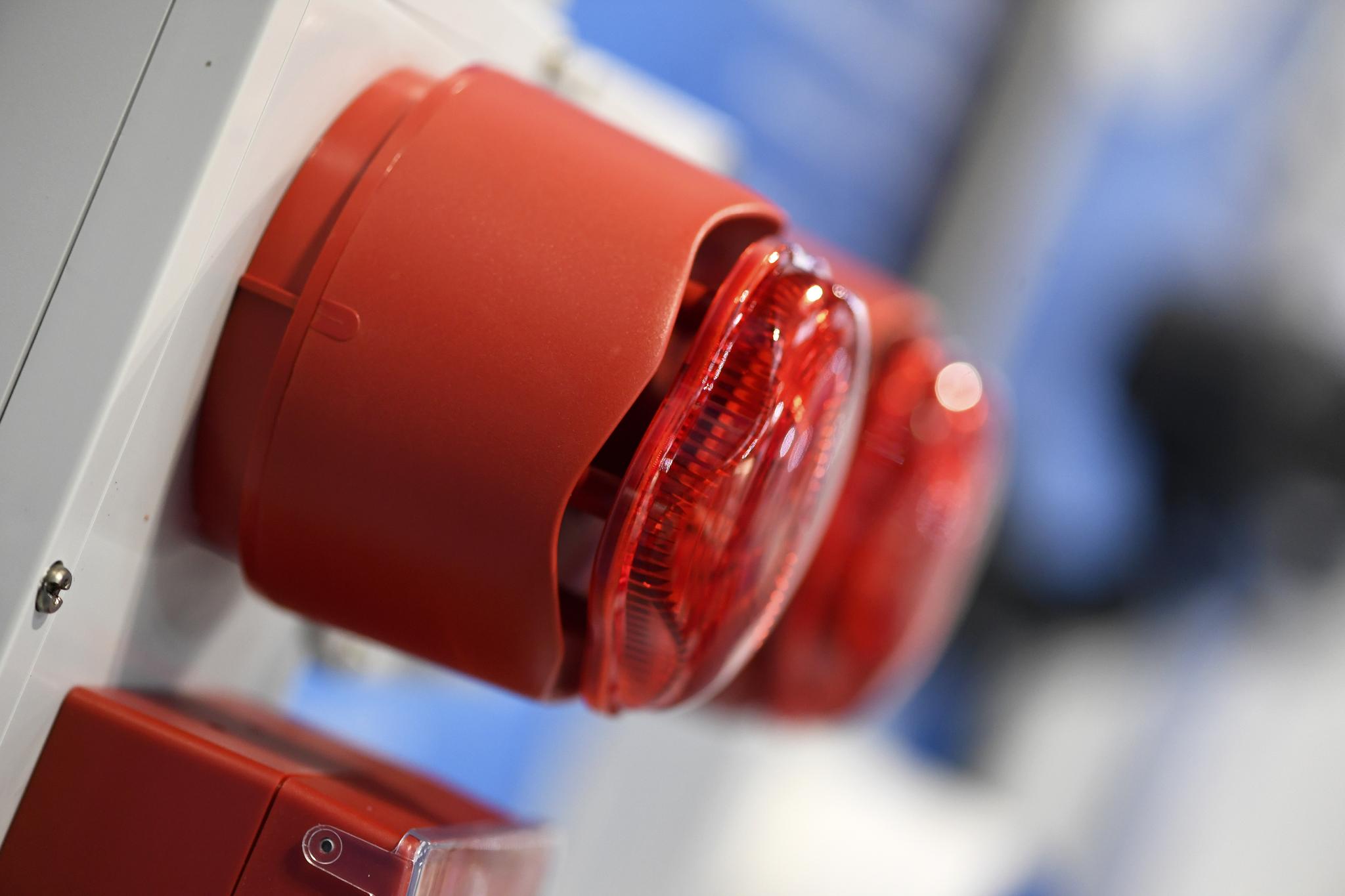Another false fire alarm? Maximise teaching time and minimise disruption
Disrupting vital teaching time, interfering with crucial exams and causing unnecessary evacuations, false fire alarms remain a troublesome nuisance within the education sector – creating a barrier to learning.
Recent Home Office figures revealed that false fire alarms remained the largest incident type attended by the Fire and Rescue Services in England for 2019/20, with educational establishments amongst some of the worst offenders for unwanted fire alarm signals.
With similar figures reflected across the UK, over £1 billion is lost every year due to false alarms. To recoup this cost the London Fire Brigade became the first fire service in the country to recover costs from buildings such as schools with a poor false alarm record.
As we return back to the classroom it is imperative to maximise teaching time ensuring no lesson is wasted during false fire alarm evacuations; it is also important to consider that social distancing becomes even more difficult with evacuations – which usually result in crowded corridors and large gatherings at playground assembly points.
A false alarm is defined as a fire alarm signal caused by means other than a genuine fire, which has activated a fire detection and alarm system, these can include: equipment false alarm, environmental influences, accidental damage and inappropriate human action, including the malicious activation of a “break glass” manual call point.
Sadly schools, and other education establishments such as colleges and universities, are particularly vulnerable to this type of false alarm. More than 3,000 false fire alarms were maliciously activated across England in 2019/20 disrupting schools and businesses.
Not only does the subsequent evacuation disrupt teaching time, the process can also be distressing for pupils, especially during adverse weather conditions and for those with sensory difficulties.
A school in Cumbria had to send pupils home and shut for the afternoon after students were forced to stand out in the bitter cold and pouring rain following the evacuation for a false alarm.
Whilst some false activations are caused by accidents; whether it be from a bouncing ball in the sports hall or a heavy book bag in a bustling corridor, a much more unfortunate and common cause of false fire alarms is malicious activations.
With some pupils determined to avoid lessons, maliciously pressing a manual call point, often seen as a “prank”, is an easy way to force their teachers and peers to abandon the classroom and evacuate the building.
One school in Irvine, Scotland had its fire alarm maliciously activated 15 times in just two months, interfering with important exams. Whilst pupils at a set of schools in Dundee sounded 22 false fire alarms in three months as they reportedly challenged each other to record the most false alarms.
Not only are these hoax call-outs detrimental to education, there are also both human and financial costs attached to false fire alarms. Firefighters respond to all fire signals as if they are real, this exposes the public and fire crews to unnecessary risk in their swift response, directing them away from real emergencies.
As recommended in BS 5839-1:2017 manual call points can be fitted with a protective cover to prevent false fire alarms. The British Standard Institute recommends in section 20.2b), that: “All MCPs should be fitted with a protective cover, which is moved to gain access to the frangible elements.”
This is supported by fire safety guidance for educational premises set out by the Government which highlights that “a common problem [in educational premises] is the malicious or accidental operation of manual call points,” and as such “where break glass call points are provided, vandals can be deterred by fitting liftable covers with audio alarms.”
Safety Technology International manufacture a range of protective covers, from integral covers to outdoor and sounder models; there are variations to suit all applications. These covers are specifically designed to prevent false alarms whether accidental or malicious.
The first-ever STI protective cover, the original Stopper, came directly at the request of a high school principal in the USA, who had a problem with false fire alarms.
The Call Point Stopper is a protective cover ideal for educational premises with a risk of accidental activation. The polycarbonate cover does not restrict the legitimate operation of vulnerable call points and is tough enough to withstand severe knocks from wayward sports equipment or the break time rush.
However, if there is a history or threat of malicious activation from unruly pupils who are willing to lift a protective cover to raise a false alarm, then the Euro Stopper offers a twofold solution – preventing both malicious and accidental activations.
The tamper-proof cover features the same sturdy UV-stabilised polycarbonate housing as the Call Point Stopper with the useful addition of an optional integral sounder. The 96 dB sounder emits a piercing alarm when the cover is lifted drawing immediate attention to the area.
The warning alarm coupled with a break seal acts as both a deterrent for disobedient students, who will now be caught in the act, as well as functioning as a pre-alarm in a real emergency.
If further robust protection is still required the Universal Stopper provides IP56 protection from the elements; Featuring the same audible alert, the tough outer dome or low profile cover is strong enough to deflect heavier blows and for harsh environments, such as pool areas or kitchen facilities, the Enviro Stopper conforms up to IP66.


.png)
.png)
.png)
.png)

